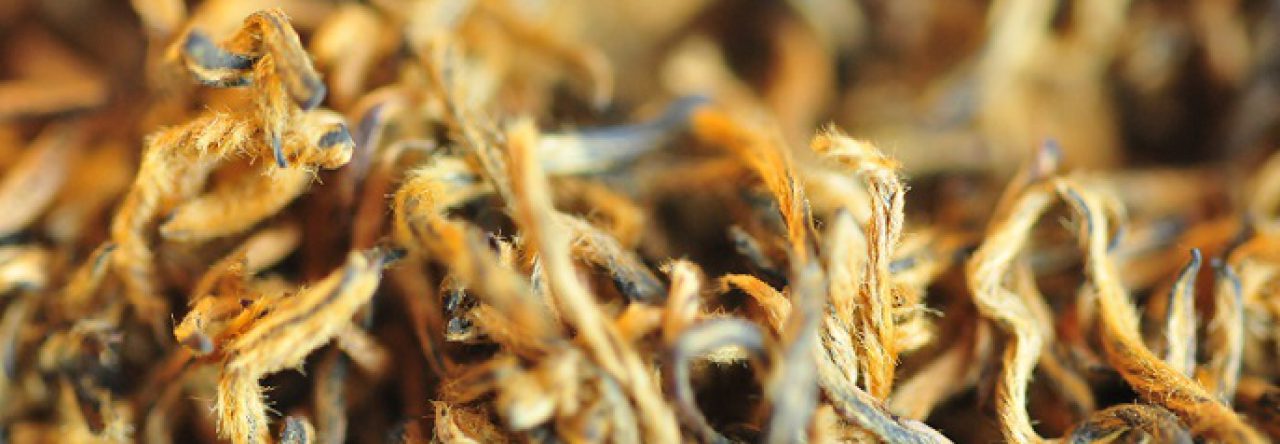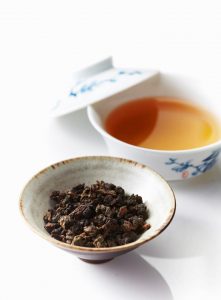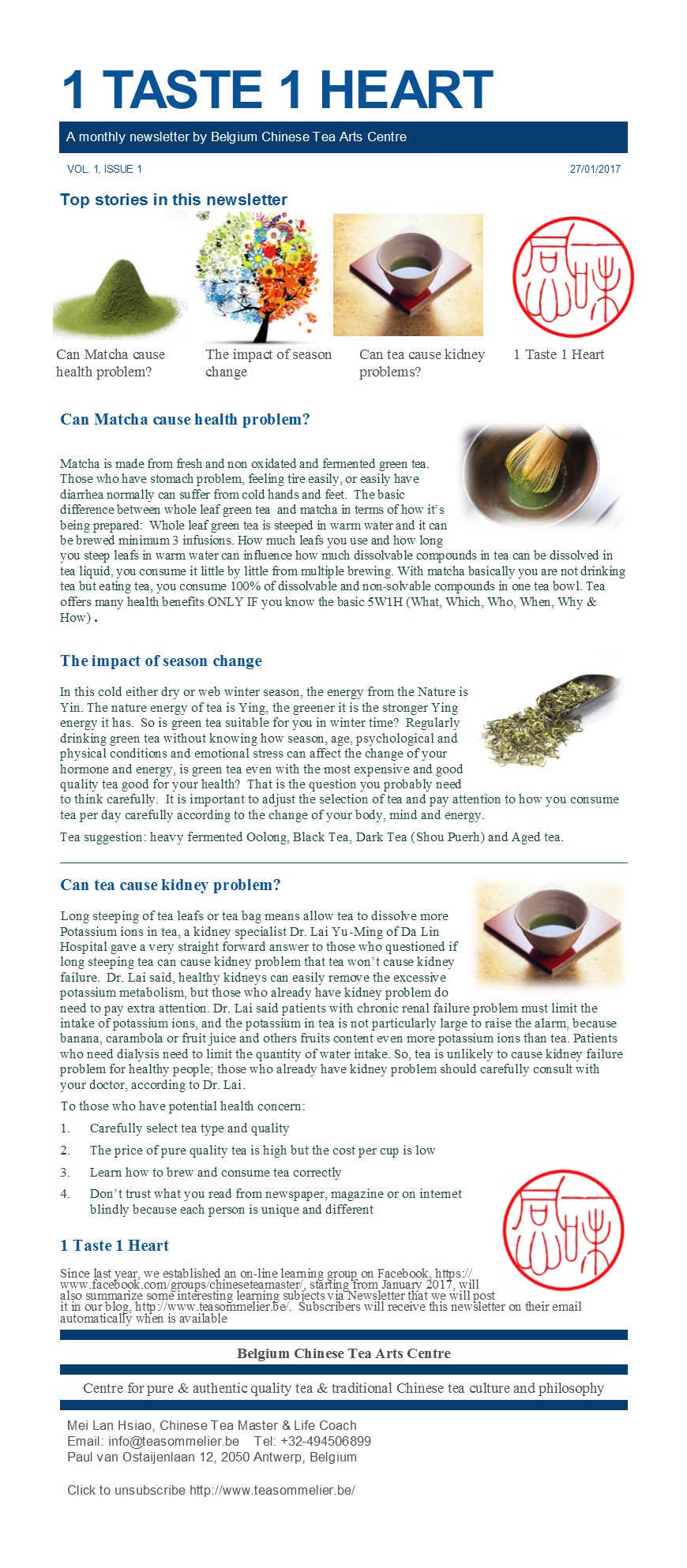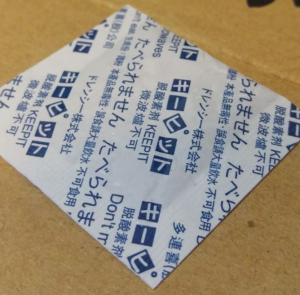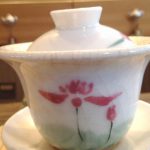It is sad to read an article in the Cross Strait Cha Dao magazine today, the writer 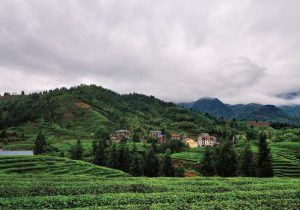 criticized trees he saw in an organic tea field in Wuyi, Fujian because for him he could profit 100 times or more from the harvest by removing trees and other plants.
criticized trees he saw in an organic tea field in Wuyi, Fujian because for him he could profit 100 times or more from the harvest by removing trees and other plants.
What a typical “Money & Profit Driven” mentality without knowing the reason why other plants in the tea field are necessary.
- First of all, tea trees, particularly those young tea plants, need temporary shade to avoid too strong sun light and heat.
- Not to mention how critical it is to have trees that can grasp the ground that help to protect the soil against erosion and
- help to control weeds.
- When tree leaves or other plants fall in the season, it provides natural nutrients and extra layer of protection to the soil against the cold in the winter season.
A tea field without trees or other plants can only be described as “Order & Neat” but can’t be considered as “Nature & Ecological”; as matter of fact, often the more beautiful tea fields mean more potential threatening processes be placed against the Nature.
I lost my words when I read that article but could only give a brief comment:
You’re wrong. The greediness from human are the greatest killers to the Mother Nature.
I love tea dearly so I endorse efforts to maintain ecological balance with the Mother Nature. Just because we claim ourselves as tea lovers, therefore I think we shouldn’t view tea as a commercial product that is only for ‘money or profit making’ . We must learn to appreciate the natural and humane values behind each leaf.
Before letting go, one must learn to bend and to pick up or to recognize what need to be cleaned up first.
Having a cup of tea is a perfect exercise of living meditation. Only when cup is empty, then the delicious liquid of tea can fill up in your cup again. Only when able to low down shoulders and hand can pick up the tea cup and enjoy a cup of tea.
Emptiness is the begin of existing; it is like water is the mother for a cup of tea. Harmony needs both Yin & Yang.
When you are young, you probably think getting old is still far away; but don’t forget the clock is tic tac and won’t stop. Dare to dream, take solid step to move forwards. When you are proud and keep your head high, don’t forget to put your feet on the solid ground. Don’t stand still because the world moves forwards without hesitation.
In life, we can have a lot, but at end nothing can bring alone. Wealth can buy lots of luxury materials but can’t buy youth, time, health and sustainable peace & happiness.
Appreciate for what you have now, not to waste your time to feel sorry for what you can not keep in the past; plant good seeds for a better tomorrow, starting from now.
No one can tell you what to do and how to live, because it is your own journey that you have to learn to manage yourself with ease and peace in mind.
$/€ or job title regardless how much or how significant won’t last forever, at end we all have to learn how to face the inner self with a clear consciousness.
©copyrighted Mei Lan Hsiao, Belgium Chinese Tea Arts Centre / Belgium Chinese Tea Culture Association info@teasommelier.be +32-494506899
It’s more than 50 years and today I still remain as an exciting “young” student of tea learning. I keep my mind opened and do not set the limit of my learning, as long as information are accurate and honest.
We love tea for its purity, simplicity, honesty and health, when we learn tea, we are not just about learning tea but we learn the way of health through a cup of tea that leads us to the learning of implementing the learning in the way of life.
Tea is in life and I am in tea. When we share, we expand the learning and enrich our life.
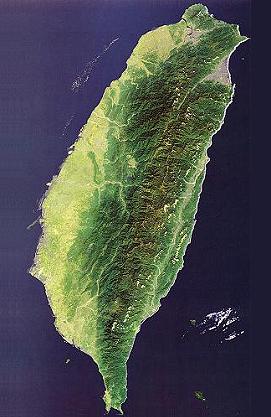 It is not exaggerating to call Taiwan as “Oolong Island”, because you can find very good quality of Oolong tea from mild-, light-, traditional- to heavy-fermented with and/or without being wood-fire roasted.
It is not exaggerating to call Taiwan as “Oolong Island”, because you can find very good quality of Oolong tea from mild-, light-, traditional- to heavy-fermented with and/or without being wood-fire roasted.
What do we benefit from the history
The history of Taiwanese tea can trace all the way back to the early 17th century when Taiwan was under the occupation and ruling by Dutch. The massive Chinese migration from the China coast provinces began after the Dutch troops were defeated by General Zhen Cheng-Kong in 1661. The early Chinese migrants brought the tea tree cultivars, the farming and processing techniques from the Mainland to Taiwan.
In 1869, English trader, John Dodd began shipping Taiwan oolong to the United States, he branded as “Formosa Oolong”, that’s why Taiwan Oolong is also known as Formosa Oolong in the world today. In the past >350 years started from the early migrants who have not only preserved the old Chinese tea traditions but also continued with various researches and renovations, so now there are twitted shape Baozhong, opened leaves as Oriental Beauty and half ball shapes Oolong tea.
Well preserved Chinese traditions, wisdom, continued research efforts to create more different tea tree cultivars, refine the production processes plus the perfect climate and geographic conditions, that’s why Taiwan Oolong is one of the unique kind in the world today.
Tai Dong is on the East coast, the tea development in Tai Dong began late comparing with other tea regions on island. The small scale of tea plantation began in abt. 1960, at the beginning there produced only black tea. Before the tea plantation and production from the Central South to the high mountain region in the Central mountain range took the lead, Tai Dong had a good period from 1980 to 1995. Starting from 1996, the glory peak was sliding down, numbers of tea manufacturers reduced from 50-60 to a dozen so as the size reduction 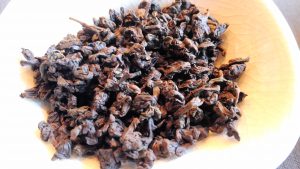 of tea plantation. In order to stimulate the growth, the Tea Research and Extension Station, Tai Dong station created a “new taste” by using pickings from Summer, Autumn/Winter and increasing the fermentation level. Because the colour of tea liquid is in
of tea plantation. In order to stimulate the growth, the Tea Research and Extension Station, Tai Dong station created a “new taste” by using pickings from Summer, Autumn/Winter and increasing the fermentation level. Because the colour of tea liquid is in 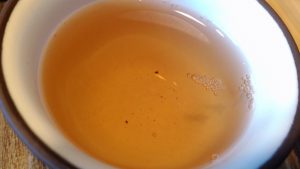 shinning orange red that similar as the black tea, so it’s named as “Black Oolong”.
shinning orange red that similar as the black tea, so it’s named as “Black Oolong”.
Process control plays the key
Withering, stirring, roasting, rolling and drying are unique processes in Oolong tea; it can be opened-, twitted or half shapes, the fermentation plays a key diversity factor to create a wide variable in Oolong tea, from mild-, light to heavy. Black Oolong emphasis the withering and stirring process, it’s perhaps the heaviest fermented and roasted Oolong of all.
Quality indicators
| Picking | Hand-picked 1 heart with 2 leaves |
| Colour of dried leaves | Dark brown amber |
| Shape | Half ball shape |
| Colour of tea liquid | Orange amber or amber red |
| Flavour | Ripe sweet fruity, leather, cinnamon & woody notes |
| Taste | The first impression is sweet and smooth as in black tea and then the endure after taste as in Oolong tea |
| Multiple infusions | 6 infusions or more |
Each person has her/his unique preferences in life, there is no better way to know one tea than having a chance to savour its flavour and taste in person.
Often in the tea bag or package there is a small bag of moisture-proof agent. What do you do with it after you open the tea bag?
First of all, it absorbs moisture and to keep tea leafs dried when they packed the tea in bag.
Once the bag is opened, tea leafs are once again engage with air.
- If you have a vacuum packaging machine, then it’s OK to keep it in the bag.
- If you don’t have the vacuum packaging machine, then it is better to take it out.
Because I don’t think you want your tea absorbs moisture just because this bag absorbs moisture in the air.
 It is great to see tea lovers try to share their knowledge about tea with more people. But it is very important to get the basic knowledge right first.
It is great to see tea lovers try to share their knowledge about tea with more people. But it is very important to get the basic knowledge right first.
In one of the Youtube video clip that I was invited to take a look today, I was surprised when I saw the presenter introduced White Tea first by saying that white tea is coated with white hair and it’s the first choice of 1 or 2 leafs.
I think first of all, white tea is not always have white hair coating. There are different types of white tea; the difference is because of quality grades, each is named differently as well, also the oxidation processes are different in the production.
Due to limit of time, so it is not possible for me to go through with him. Also it is hard to help someone to learn more about tea without being able to share a cup of tea together.
Tea is simple, but there are much to learn; its complexity is because of its simplicity. Learning the right things is important and leaning things right is even more important.
Today there are many unconsolidated information posted on line. Unless you have the correct basic knowledge, otherwise can be easily mislead without knowing. To those who love tea and would like to learn more about tea, my suggestion is to find a good teacher as coach or mentor.
Is it a piece of object that’s beautiful and shinning, almost perfect?
Or, is it the past memory that accompanies me quietly that moves my heart that we shared a valuable learning together?
It’s speechless, but it does not mean I do not remember;
It’s no words, but it does not mean I do not feel in my heart.
It is not what I got only from tea
but it is a calm and peaceful moment that we shared together.
